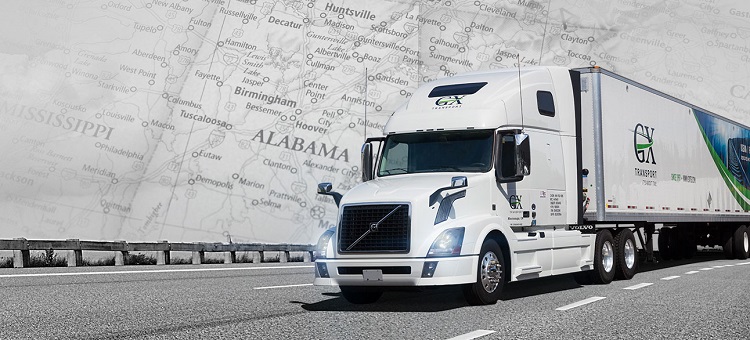Transport in the modern world is evolving faster than ever before. With urban areas growing and technology advancing, innovative solutions are a necessity. This blog explores the latest trends in transportation, from electric vehicles to autonomous driving.
Innovations such as ride-sharing services, electric scooters, and high-speed rail promise to reshape how people move. These new transportation options aim to be more sustainable and efficient, addressing issues like traffic congestion and pollution. They reflect a broader trend towards smart cities and cleaner living environments.
Significant strides are being made in mobility solutions to make commutes smoother and cities more accessible. Autonomous vehicles and AI-driven traffic management systems are not just futuristic concepts; they’re rapidly becoming a reality. Together, these advances hold the potential to transform daily travel and urban infrastructure.
Table of Contents
Advancements in Electric Vehicles
Electric vehicles (EVs) are transforming transportation with breakthroughs in battery technology and the growth of charging infrastructure. These advancements increase the appeal of EVs.
Battery Technology Innovations
Battery technology has seen significant progress. Lithium-ion batteries, now the standard, offer higher energy density and faster charging times. Recent developments focus on solid-state batteries, which promise even better performance, with higher capacity, less weight, and improved safety.
Manufacturers are also working on recycling methods to reclaim valuable materials from used EV batteries. For instance, Tesla and other companies have established programs to reuse and recycle battery components, reducing environmental impact.
Research is underway for alternative materials like silicon anodes and lithium-sulfur, potentially increasing battery life and reducing costs. These innovations help lower barriers for EV adoption, enhancing efficiency and sustainability.
Charging Infrastructure Expansion
Expanding the charging infrastructure is crucial for widespread EV use. Many countries and companies invest in public charging networks, installing stations along highways and in urban areas. This makes it easier for EV owners to recharge their vehicles, reducing range anxiety.
Fast-charging stations are becoming more common, allowing drivers to quickly recharge in minutes instead of hours. Companies like Electrify America and ChargePoint are leading this expansion, providing convenient and accessible charging solutions.
Home charging solutions are also advancing, with more powerful and efficient chargers available. Home units now often come with smart features, allowing remote monitoring and scheduling through mobile apps. These enhancements make owning an EV more convenient and practical for daily use.
Sustainable Public Transit Systems
In the quest for sustainability, modern public transit systems are integrating eco-friendly technologies and designs. Key focus areas include electric and hybrid buses, innovative rail systems, and bike-sharing programs.
Hybrid and Electric Buses
Hybrid and electric buses are transforming urban transportation. Cities adopting these technologies are significantly reducing their carbon footprints. Electric buses are powered by rechargeable batteries, providing an emission-free alternative to traditional diesel engines.
Hybrid buses combine a conventional internal combustion engine with an electric propulsion system. This setup allows for improved fuel efficiency and lower emissions. Major cities are investing in electric bus fleets to promote cleaner air and decrease dependence on fossil fuels.
Key benefits of hybrid and electric buses:
- Reduced greenhouse gas emissions
- Lower operational costs
- Improved air quality
- Quiet operation
Rail Innovations
Rail systems are continuously evolving to offer more sustainable options. Modern trains utilize energy-efficient technologies and renewable energy sources. Electric-powered trains are commonplace, significantly reducing reliance on diesel.
Innovations such as regenerative braking systems are capturing and reusing energy, boosting overall efficiency. Maglev trains (magnetic levitation) represent the cutting edge of rail technology. They are faster and quieter, operating with minimal friction by floating above the tracks.
Sustainability in rail also involves using recycled materials in construction and maintenance:
- Tracks made from recycled steel
- Stations built with eco-friendly designs
- Smart grids to manage energy usage
Bike-Sharing Programs
Bike-sharing programs are gaining prominence as a sustainable transit solution. These programs provide accessible and affordable options for short-distance travel, reducing traffic congestion and pollution.
A typical bike-sharing system includes:
- Docks and kiosks strategically placed around the city
- Smart technology for easy rentals and returns
- App integrations for user convenience
Bike-sharing encourages a healthier lifestyle while promoting environmental sustainability. Cities with robust programs see improved urban mobility and a decrease in carbon emissions. Communities benefit from reduced vehicle traffic and enhanced public health due to increased physical activity.
Advantages of bike-sharing:
- Reduced air pollution
- Cost-effective transportation
- Improved public health
- Ease of use
By adopting and expanding these sustainable transit systems, cities are paving the way for a greener future.


